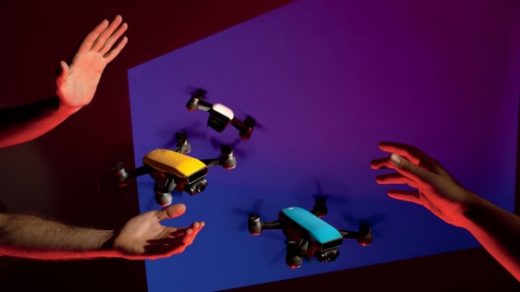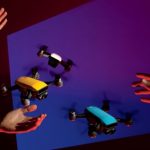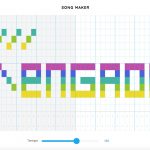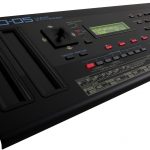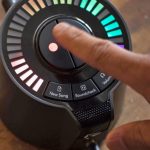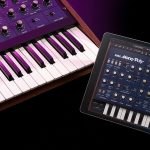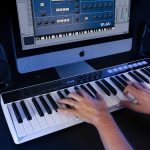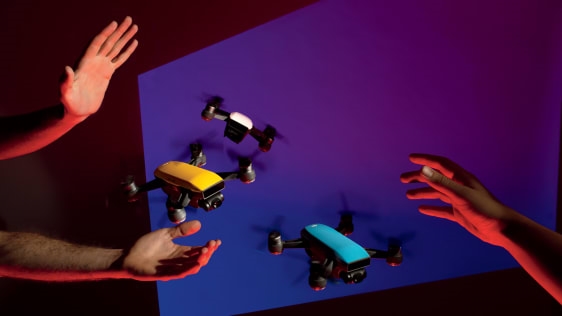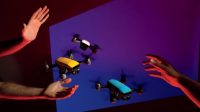DJI’s Spark Is The First Drone You Can Control With Hand Gestures
In May 2017, DJI introduced Spark, its tiniest drone yet and the first that can be controlled by hand gestures, for just $499. The company packed computer vision and object tracking into a pocket-size 11 ounces that you can launch from your palm—no device pairing, remote, or app required. If a user simply frames her face with her fingers, the hovering Spark will snap a 12-megapixel selfie, comparable to a photo taken on an iPhone X.
Related Video: The DJI Spark Is An Amateur Drone Flyer’s Dream
“We’re focused first on tech,” says Michael Perry, managing director of DJI North America, which dedicates more than 25% of an 11,000-strong workforce to R&D. In addition to being the first company to create a drone that can be operated via hand gestures, DJI was also the first to include obstacle-avoidance features (in its Phantom 4 model). According to Skylogic Research, DJI commands more than 50% of drone sales across North America—and some analysts peg its global market share of the nearly $6 billion drone industry at almost 75%.
DJI is now expanding to enterprise, populating a variety of industries with robotic fleets. Firefighters conducted more than 120 drone flights during the Santa Rosa, California, wildfire using DJI equipment, and the company won a 2017 technology and engineering Emmy for enabling the sweeping aerial shots featured in shows such as Game of Thrones and The Amazing Race.
The thrust of DJI’s tech-first approach is to make drones easier to fly. “The more people get their hands on the technology,” Perry says, “the more potential drones as a whole category will have.”
DJI is No. 35 on the 2018 World’s Most Innovative Companies list. Check out all 50 companies here.
(25)

